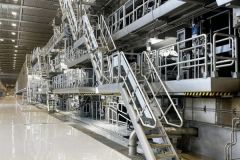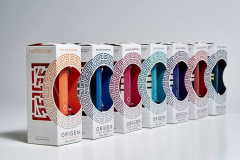The global food supply chain is responsible for 26 per cent of global greenhouse gas emissions and one third of food is lost or wasted somewhere in that chain, according to recent research. To improve the situation, the Swedish-Swiss group Tetra Pak is calling for collaborative innovation.
"It is possible to create completely durable packaging, but you have to make it safe. And if you can't do it on a large scale, you can't minimize food waste and you can't serve a growing world population, explains Laurence Mott, Executive Vice President of Development and Engineering at Tetra Pak. To bring these three elements together requires a very strong collaboration."
The brick packaging giant is therefore launching a new collaborative research model. "This brings together not only producers and suppliers, but also research institutes, universities and start-ups to try and find solutions."
Tetra Pak, which last July renewed its partnership with one of the largest educational and research institutions in the Scandinavian countries, is now teaming up with some of the big names in paperboard production: Finnish-Swedish manufacturer Stora Enso, Brazil's largest paper producer Klabin and Swedish pulp and paper manufacturer BillerudKorsnäs.
This R&D collaboration includes replacing thin layers of plastic and aluminium with plant-based or wood fibre materials, developing a renewable alternative to plastic straw and improving the recyclability of packaging.
Tetra Pak's goal is to create "the most sustainable packaging in the world, one that ensures food safety and availability while reducing the impact on the planet".









